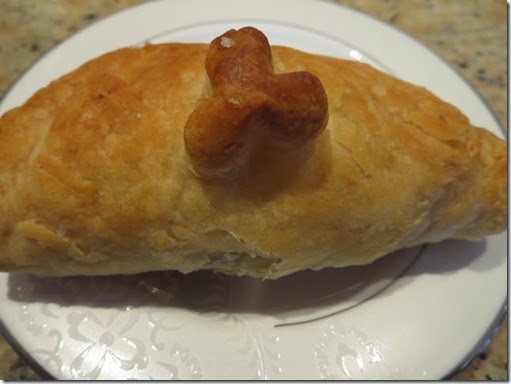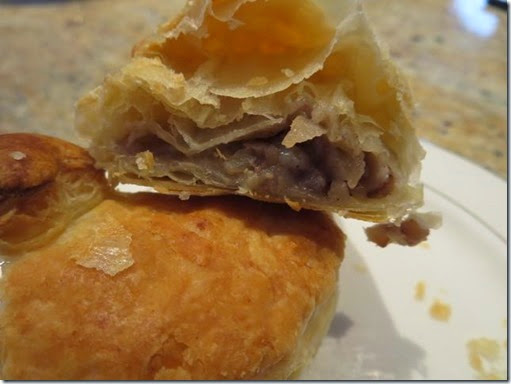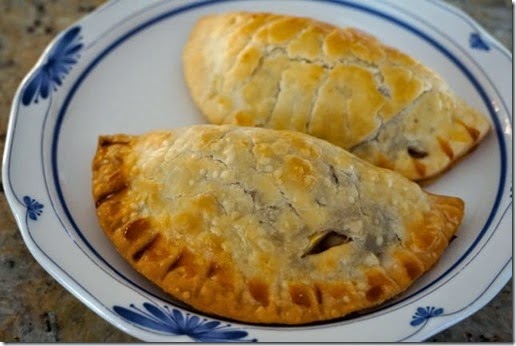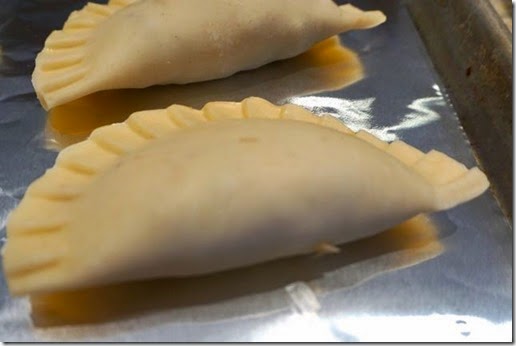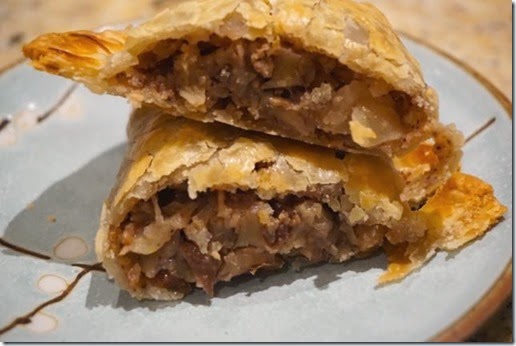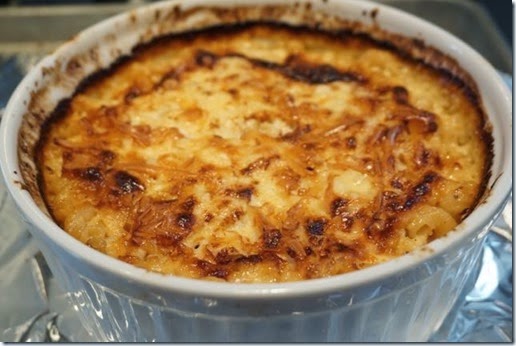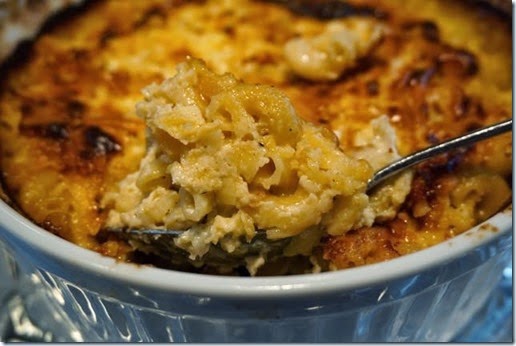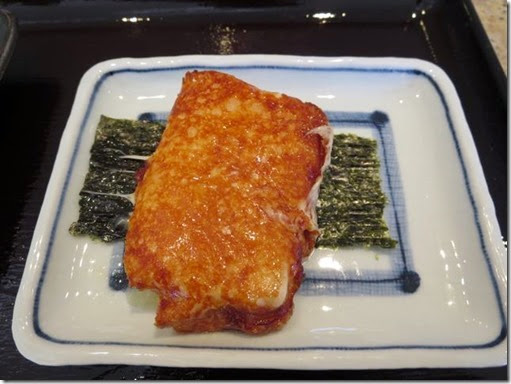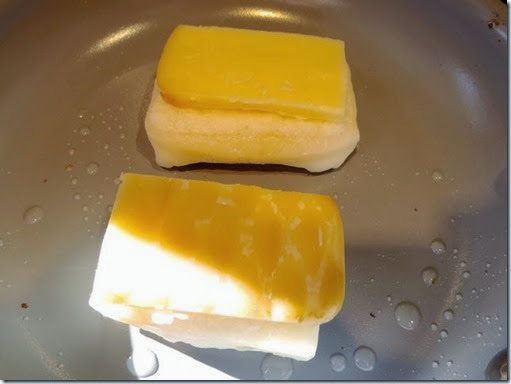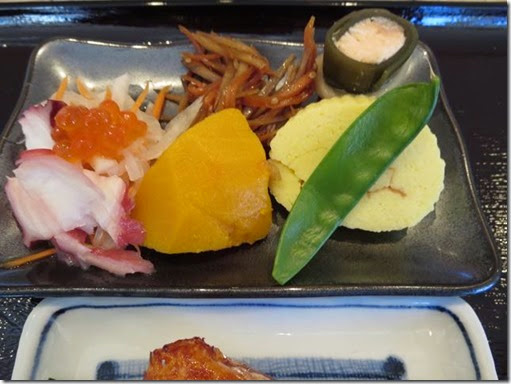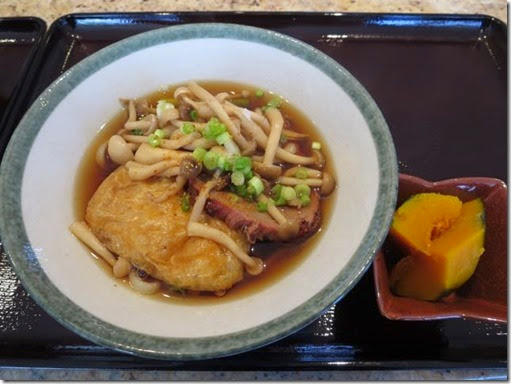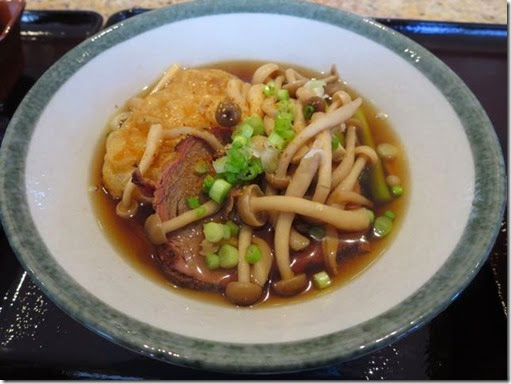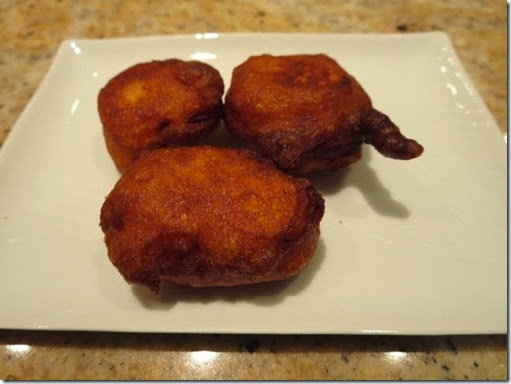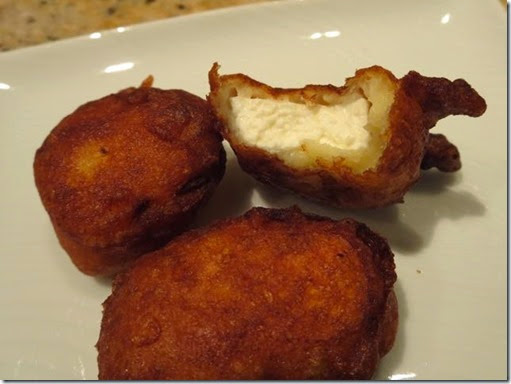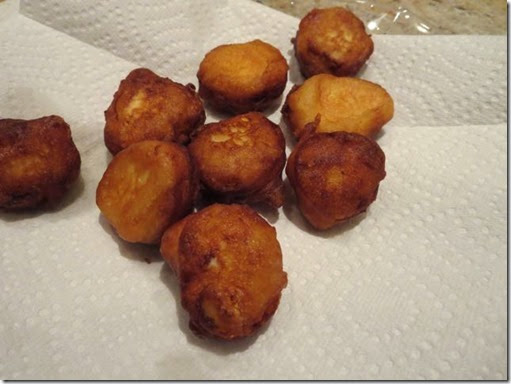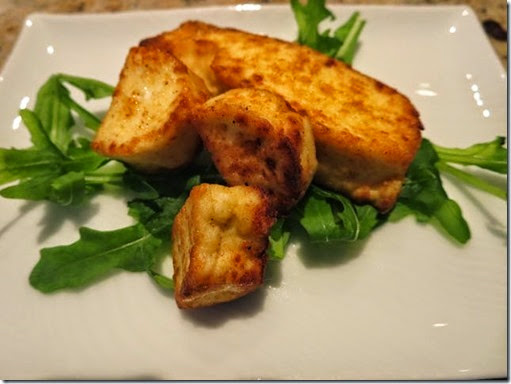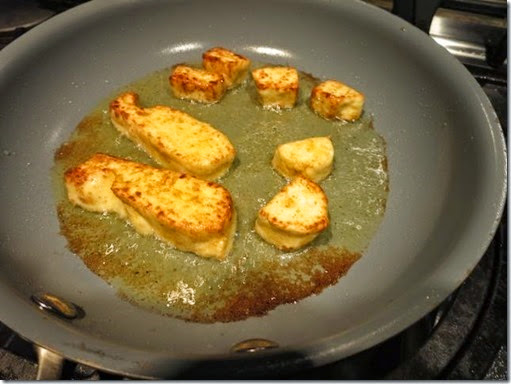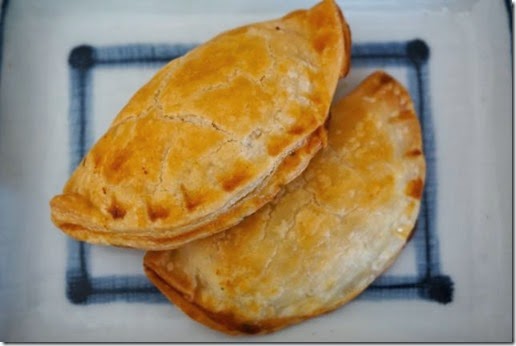
I did not do a good job of taking a picture of the cheese stuffing.

She used the gadget (#1) to make the pockets. For the apple pie, she used one of the largest. For this cheese stuffing, she used a medium size. She first rolled out the pie crust (#2) on the large cutting board but did not further roll it out thin (based on the previous experience. Thin crust tended to crack while baking).
Cheese stuffing: This is a mixture of cheeses;
7 1/2 oz Ricotta cheese
1 egg (She used a fork to beat the egg and used approximately 1/2 in the cheese mixture and the rest as an egg wash to seal the pie dough. you could use the yolk in the cheese mixture and the white for the egg wash.)
1/4 cup Parmesan cheese
1/2 cup Feta cheese
1/4 cup smoked mozzarella cheese
One small onion finely diced and caramelized
1/8 cup parsley finely chopped
1/4 tsp. salt
1/2 tsp red pepper flakes
Basically just mix all the ingredients until homogenized and blended.
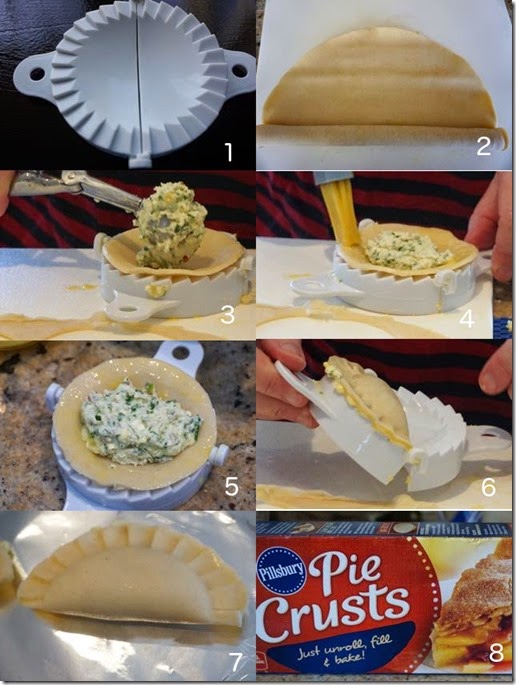
The bottom of the mold is a cutter, so she cut out the perfect round of the pie crust and stuffed it with the cheese mixture using a small ice cream scoop (#3). She brushed the perimeter of the crust with egg water (one beaten egg and 2 tbs of water) (#4 and 5) then closed and pressed (#6) producing a perfect filled pocket (#7). The secret is not to overfill (which she did several times; its hard not to because you want to pack as much of the goodness of the filling into the pocket as possible). She cooked them on a cookie sheet in a 400 degree oven for 15 to 20 minutes or until the crust turned a golden brown.
This made a very nice savory cheesy appetizer encased in a buttery flakey crust as a starter with red wine. All the cheeses make a complex flavor with a slight zing from the pepper flakes. The caramelized onions really add to the dish. This is a great and elegant appetizer for guests. It’s very hard to eat just one. The leftovers heat up nicely in the toaster oven.

